Strategies are commonly defined as the identification of long-term or overall aims and interests and the means of achieving them [1]. At the same time, they involve gaining an overall or long-term military advantage [2]. In this article, however, by “strategic” I mean plans of action designed to achieve the overall economic and commercial aims of the countries in question.
The Black Sea region is an integral component of Russia’s geo-economic strategy, as it seeks to secure a monopoly over exports of oil and gas from the Caspian Basin and Central Asia to Europe [3]. The exploitation of oil and gas reserves in the Caspian Basin and in Central Asia can provide Europe with an alternative to Russian energy imports [4].
Iran holds a position of immense strategic importance for the three major powers in the world today as well as a regional importance among the nations of the Persian Gulf both militarily and geopolitically [5]. “The Black Sea region is of crucial significance for Europe, being a major crossroads and critical intersection of east-west and south-north corridors. Many experts believe that whoever controls or dominates the Black Sea can easily project power to the European continent, mainly in the Balkans and Central Europe, but also in the Eastern Mediterranean as well as the South Caucasus and the northern Middle East.” [6]
According to a famous dictum of realpolitik, two things cannot be changed: one is geography and the other is history [7]. Therefore, geography is the destiny of the nations, like the east Black Sea and western (historic) Iran basin which is 2000 km. from north to south and approximately 1500 km. from east to west. This basin is the energy (oil and natural gas) center of the Earth and the center of the historic silk road. Due to this geographical situation, many civilizations in the region were established, destroyed and finally took the form of today’s nations.
“Iran occupies an important position in the area commonly referred to as the Middle East. It forms a bridgehead on the way to Central Asia, bars the way to India and points the way to Africa and Europe. It was the world’s first great empire and, throughout its two thousand five hundred year history, has kept its cultural identity intact in spite of numerous invasions. One of the richest oil producing countries in the world, Iran occupies a position of great strategic importance to World and blocks the way to warm water ports on the Persian Gulf.” [8]
“Considered to be, even since the early ages, as a turning point for the Middle Age commerce, a link between the Orient and Occident by its Silk Road, the Black Sea has represented a transit area for the economic, political and strategic interests in the region.” [9]
The Eastern Black Sea and Western Iranian basin countries are dependent on one another for 3000 years in terms of economic, commercial and energy resources. In other words, there are three main drivers (energy, markets and security) to realize the strategic economic development of the East Black Sea and western Iran basin (EBSWIB).
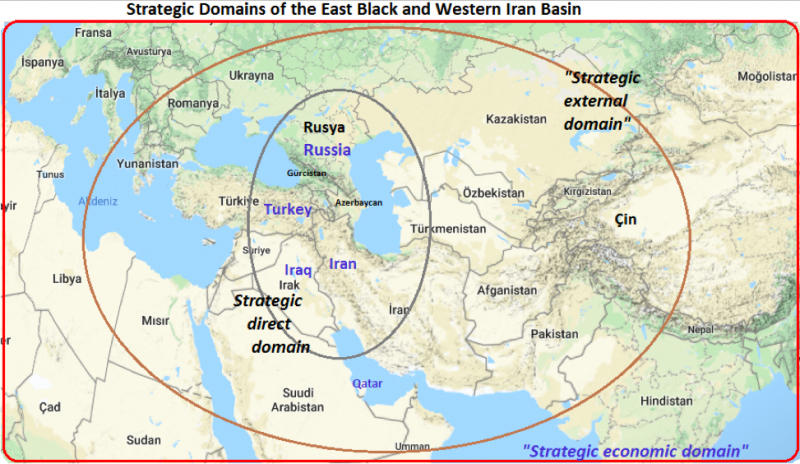
As shown in the above map, EBSWIB has three main strategic domains: direct, external and economic. Direct domain includes basin countries namely Turkey, Russia, Georgia, Azerbaijan (Oguzisthan), Armenia, Iran, Iraq and partially Syria. External domain of the EBSWIB is the economic and commercial market from Italy to China and from Moscow to the United Arab Emirates. The total volume of the economic activity in this area is $11.83 trillion based on the purchasing power parity calculation in 2017 by CIA as shown below table.

It is impossible for humanity to survive without considering this region, which is the energy storage center of the World. Energy policies of the World are determined by this region, and to underestimate it would mean that the countries are denying themselves. For this reason, the region is the most strategic area of the World and is the bridge of eastern and western economies. The main deficiency of the region is that economic cooperation between countries is not organized in an efficient and rentable manner. Therefore, the priority is to re-establish interregional economic cooperation by considering the strategic situation of the region. Because the diameter of the region is much larger than its surroundings as we defined the strategic economic domain above.
Regarding the underground and above ground natural resources and geographical location of the countries in the region, it should be reorganized as a strategic economic/commercial market and must disappoint those who have military aims in the region.
The fact that the region is an energy and transportation center explains why other countries think it is a good idea to destabilize the area in order to grant them the opportunity to do what they want in the region. This is a trap and the countries of the region have to be careful not to misstep. Without making strategic political analysis for the region, economic development and stability cannot be achieved. To tolerate/reduce instability and economic weakness in the region, the impact of non-regional countries should be reduced and commercial and economic cooperation with these non-regional countries should be developed by taking into account the mutual interests. Trade should be the peace language of the region.
“The Black Sea – Caucasus – The Caspian Sea – a transit space for the energetic resources of Central Asia, influenced by some forms of sub regional instability coming from the Central Asia area. There can be observed that the Black Sea region is an area that focuses all the interests of the great international players. Here is the battle fought for energy, for whoever has energy has power.” [10]

Regional countries should be organizing strategic economic unity to create synergy and destroy the traps of those who want instability in the region. Together with Russia, approximately 75% of the world’s proven oil reserves are located in the region (65.36% in the Middle East) [11]. Regional countries should use these natural energy resources as a strategic development tool to eliminate instability and poverty.
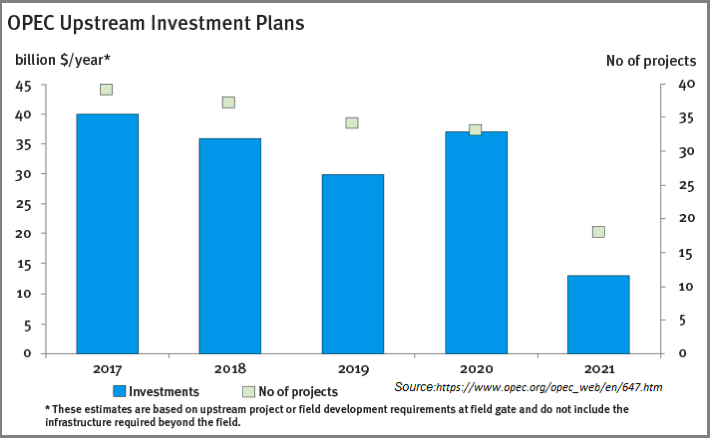
In the medium-term, about 160 projects for upstream and downstream, with an overall estimated cost of some $156 billion, are being undertaken by OPEC Member Countries [12] located in the EBSWIB. This investment will create at least five hundred thousand works for the region if the region organizes and produces technology and knowledge for this purpose.

Apart from Qatar, Middle Eastern countries, which account for 30% of global gas reserves, face gas supply shortages [13]. Data from BP at the end of 2009 proved gas reserves were dominated by three EBSWIB countries: Iran, Russia, and Qatar, which together held nearly half the world’s proven reserves [14]. The International Energy Agency predicts natural gas will increase from its current 21% share of the world energy mix to 25% by 2035 [15].

Although holding just 3% of the global population, the Middle East consumes nearly 15% of the world’s natural gas and 40% of the world’s proven natural gas reserves are in Iran and Qatar. “The quantity of oil produced in the Persian Gulf area and sent through the Strait of Hormuz accounts for roughly 30% of yearly world supply and 20% of US oil consumption For the US and Europe, any significant rise in world oil prices caused by limited international or domestic supply would be disastrous for continued efforts toward economic recovery and domestic political approval making protection of this region vital to Western.” [16]

Looking forward, the electricity sector and industry will constitute 50% and 35% respectively of new gas demand in the region. By the early-2020s, the Middle East is projected to surpass Russia and Europe to become the world’s second largest gas consumer, after the U.S. By then, the Middle East will only be exporting 10-13% of its natural gas, halved from the 22-25% exported today [17]. Since these natural energy sources are in need of other countries, regional strategic cooperation is necessary. With this strategy, countries of the region can prevent the destabilization policies of other countries.

“Equally important as its size, is Iran’s key location at the junction of the Asian continent and the low, mostly desert areas of the Arab Middle East. Stretching from the Caspian Sea to the Persian Gulf to the Indian Ocean, and from the rivers of Mesopotamia to the fringes of the Hindu Kush, Iran is in one sense truly a colossus.
Unlike Iraq, almost totally landlocked and surrounded by hostile borders, Iran is incapable of being completely isolated and blockaded as Iraq was during nearly fifteen years of cruelly punishing US-led sanctions. Consequently, Iran is not susceptible to the same kinds of economic pressures or the same measure of pain as was Iraq.” [18]
“The Black Sea region is also an opportunity for the European/Euro-Atlantic community. Positive and constructive engagement with the states of the former Soviet Union to promote and develop security, stability and prosperity will serve to enhance both the interests of those states and the interests of Europe and the Euro-Atlantic through mutual cooperation, the mitigation of threats to security, and the expansion of economic activity.” [19]
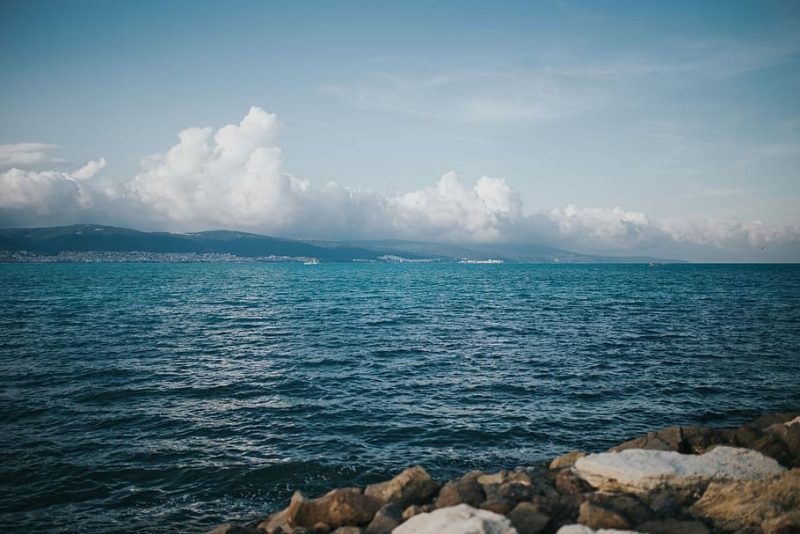
Important notes on the countries involved
“China, Russia and Iran have a mutual interest in limiting US power in the Middle East and Central Asia. China and Russia hope that in the absence of US influence that the nations of Middle East and Central Asia will turn to the Chinese and Russians for hegemony and patronage. Iran sees Chinese and Russian leadership as preferable to US and European leadership because of restrictions the US and Europe wish to impose on Iran exercising regional hegemony in the Middle East as well as the West’s embargo of Iran and continued support of Israel.
Efforts toward integration of Middle East and Central Asian nations into international organizations by the Russian and Chinese governments so as to more formally influence these regions have been largely successful. The Shanghai Cooperation Organization (SCO), which stresses military, economic and cultural cooperation, currently has as members Russia, China and the majority of Central Asia with observer status granted to India, Pakistan, Afghanistan, and Iran.
For China however, Iran and the Persian Gulf hold much more significance. In 2011, Chinese oil imports from nations exporting through the Strait of Hormuz amounted to 42% as opposed to the 24% imported by the US. China, whose growing economy is fuelled by imported natural resources, is more susceptible to the negative effects of a war in the Persian Gulf than the US and thus has a greater interest in peace. Ideally for China, there will be a drawback in tensions in the Persian Gulf along with increased US alienation of the Arab Middle East’s populace providing the necessary political will in Arab nations to distance themselves politically from the US and eventually move toward a more Sinocentric world order which has the added benefit of providing energy security for China. Russia, on the other hand, has little incentive against war in the Persian Gulf beside its potential escalation into war against the US or the replacement of the Iranian regime with a pro-US, pro-business Iran because Russia would stand to benefit immensely as the world second largest oil-producing nation from increased global prices and a virtual monopoly in the areas of Europe, where it does not already exercise such authority.” [20]
“Iran has become a state condemned and isolated by the United States, which has led to pressure on India to curb diplomatic ties with Iran. While pressures from India’s allies have stymied its relations with Tehran, Delhi has never completely curtailed engagement. Iran can play an important role in India’s strategic and economic ambitions, allowing it to expand its power beyond its immediate neighborhoods and rise to great power status. Iran grants India access to Afghanistan and Central Asia and can help mitigate China’s growing influence among India’s neighbors. Indeed, India and China are currently competing for influence in Iran.” [21]
“Chabahar also offers India important economic benefits. In the short-term, the port would strengthen India’s oil trade with Iran by lowering transportation costs, and would establish greater connectivity in the long-term, facilitating more comprehensive trade. Beyond Iran, financing and developing Chabahar would help India become more integral to Central Asia’s economy.” [22]

Tehran has strong influence in Pakistan, given their shared border and Pakistan’s large Shiite population. In 2006, some estimates claimed that there were up to 30 million Shiites in Pakistan, making it the second largest Shiite country after Iran. [23] Shiites were heavily represented among Pakistani leadership post-independence, and the country’s founder Muhammad Ali Jinnah was born Shiite. Their influence over Pakistani politics, however, is complicated. [24]
Iran is essential to India’s efforts to counter the Sino-Pakistani partnership. Strengthening linkages with Iran may increase Indo-Pakistani tensions by fanning fears that India is progressing in its efforts to encircle and isolate the country. This could encourage Islamabad to undertake greater cooperation with India’s rivals. Such an assessment was made by Pakistan’s former ambassador to the United Nations, Munir Akram. Akram argued that India has been working with Iran to balance China’s Belt and Road Initiative, which includes an economic corridor between China and Pakistan. He also posited that this may spur closer cooperation between Islamabad and Beijing, Riyadh, and Istanbul. [25]
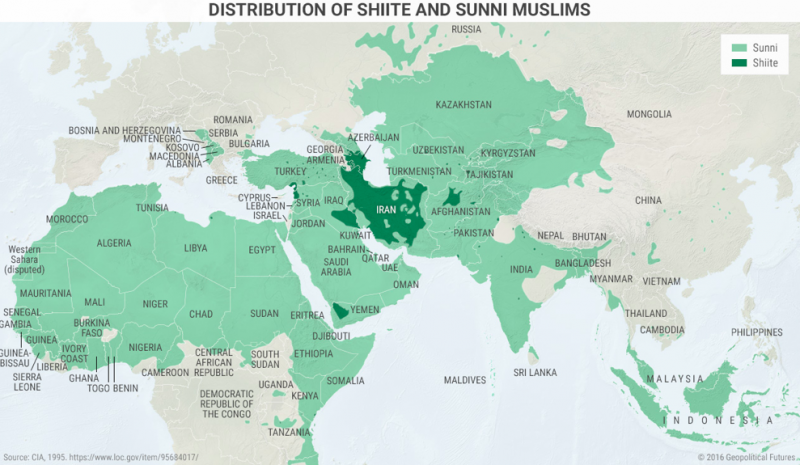
“Turkey, a country with a remarkable strategic positioning, situated in the South-East of the Balkan Peninsula and in Asia Minor, ensures the connection between South-East Europe, Caucasus, Central Asia and Middle East. An important NATO point due to its manpower but also military strength, Turkey remains a serious candidate state to the EU if it is able to meet all the criteria regarding democracy and human rights. The stability of this state has started to depend more and more on the US, EU, IMF and World Bank. Nevertheless, Turkey has been involving in the peacekeeping operations in the Balkans in order to secure the land and maritime routes to supply the West with oil and gas from Iran, Iraq and the Caspian Basin.” [26]
“South Azerbaijan consists of Ardabil, East Azerbaijan, West Azerbaijan, Zenjan, Hamadan Ostans (provinces) and adjacent areas of Astara, Qazvin and other territories. The size of these territories is estimated at approximately 170.000 square kilometers (the territory of North Azerbaijan is half this— i.e., 86,600 sq. km). Turks dominate the national composition of the Azerbaijani provinces in Iran – making up more than 90% of the population in these areas. based on the official statistics, the Azerbaijani Turks comprise nearly 40% of the population of Iran. This is 75% of all the Azerbaijani Turks in the world.” [27]
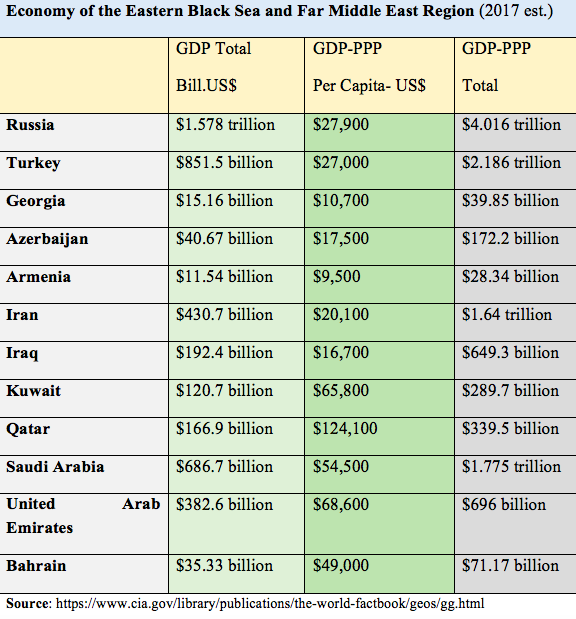
Economy of the Eastern Black Sea and Far Middle East Region (2017 est.)
GDP Total
Bill.US$ GDP-PPP
Per Capita- US$ GDP-PPP
Total
Russia$1.578 trillion $27,900 $4.016 trillion
Turkey $851.5 billion $27,000 $2.186 trillion
Georgia $15.16 billion $10,700 $39.85 billion
Azerbaijan $40.67 billion $17,500 $172.2 billion
Armenia $11.54 billion $9,500$28.34 billion
Iran $430.7 billion $20,100 $1.64 trillion
Iraq $192.4 billion $16,700 $649.3 billion
Kuwait$120.7 billion $65,800 $289.7 billion
Qatar $166.9 billion $124,100 $339.5 billion
Saudi Arabia $686.7 billion $54,500 $1.775 trillion
United Arab Emirates$382.6 billion $68,600 $696 billion
Bahrain $35.33 billion $49,000 $71.17 billion
“The Mades settled in northwestern Iran. By 600 B.C. they had established a nation consisting of a confederation of tribes, which included the Persians. In 550 B.C. Cyrus, leader of the Persians, revolted and overthrew the Media ruler. Cyrus was soon engaged in a series of successful campaigns that resulted in the establishment of the great Archaemedian Empire of the Persians, extending from the Indus Valley in the east to the far reaches of Asia Minor in the west. This first vast world empire, which burgeoned so rapidly, brought forth new problems of control and administration never before experienced by man. To meet these new problems, the Persian flair for organization emerged. The improved life that the Persians introduced made them quite acceptable as conquerors. Roads were built to the far reaches of the empire. With these roads, knowledge was spread and trade was promoted. A canal linking the Nile and Suez was completed allowing waterborne traffic between Egypt and Persia. Money was coined to meet the expanding commercial needs. Political and military control was centralized. Civilization flourished as never before.” [28]
“Six years of conflict between Russia and an overstretched Ottoman Empire from 1768 to 1774 led to the signing of the 1774 Treaty of Küçük Kaynarca, which provided Russia direct access to the Black Sea region (via the Kerch and Azov ports). Russia was also granted the right to protect Christian minorities in the Ottoman Empire, and the nominally independent Crimean Khanate was placed under its influence. Nine years after the treaty was signed, the Crimean city of Sevastopol was established the same year, and from 1783 onward, Russia emerged as a growing Black Sea power as the Ottoman Empire slipped onto a slow, declining path.
The bloody 1853–1856 Crimean War between the Ottoman Empire and Russia left hundreds of thousands dead. France and Britain sided with the Ottomans during the conflict, as they feared Russia’s growing strength would result in Russia’s hegemonic position in the region.
One of Russia’s primary motivations in entering World War I was to seize control of the Turkish Straits, which backfired when the Ottomans and Germans closed the straits, strangling the Russian economy. After the collapse of both the Russian and Ottoman Empires during and at the end of World War I, there was an unsuccessful attempt to redraw the map of the region. The first attempt was the 1920 Treaty of Sèvres, and the second and more successful attempt was the 1923 Peace Treaty of Lausanne, which created the basis for the Republic of Turkey. Having acquired a more secure strategic position, Turkey was able to call upon the Lausanne Treaty to manage growing tensions among European powers in the region, which resulted in the 1936 Montreux Convention that established Turkish control over the straits and guaranteed free passage of warships belonging to Black Sea states not at war with Turkey. Non–Black Sea powers were restricted in sending their military vessels to the Black Sea (they must be under 15,000 tons per vessel, 45,000 in aggregate, and could only stay in the Black Sea for 21 days).” [29]
[1]https://en.oxforddictionaries.com/definition/strategic
[2]https://en.oxforddictionaries.com/definition/strategic
[3]James Bosbotinis, Assessing the Strategic Importance of The Black Sea Region, http://citeseerx.ist.psu.edu/viewdoc/download?doi=10.1.1.574.4027&rep=rep1&type=pdf, (15 December 2018), p.14
[4]James Bosbotinis, ibid, p.15
[5]Steven Rice, Iran’s Strategic Position, Fordham political Review, The Journal Of Fordham University’s Top Thinkers, http://fordhampoliticalreview.org/irans-strategic-position/, (3 January 2019)
[6]NATO Review, The Black Sea region: a critical intersection, https://www.nato.int/docu/review/2018/also-in-2018/the-black-sea-region-a-critical-intersection-nato-security/EN/index.htm, (22December 2018)
[7]James E. Jennings, The Geo-Strategic Position of Iran, http://www.logosjournal.com/issue_4.4/jennings.htm, (18 December 2018)
[8]Jesse B. Hollis (US Colonel, Artillery), Iran-What Strategic Importance to the Free World, US Army War College Carlisle Barracks, Pennsylvania, 1966, p.iii
[9]Anda Nicoleta Onetiu, Geopolitical and Geostrategic dimensions within the Black Sea Basin, International Journal of Academic Research in Accounting, Finance and Management Sciences Volume 2, Special Issue 1 (2012), pp. 238-242, p.238
[10]Anda Nicoleta Onetiu, ibid, p.239-241
[11]https://www.opec.org/opec_web/en/data_graphs/330.htm
[12]https://www.opec.org/opec_web/en/647.htm
[13]http://ipaadvisory.co.uk/media/1144/middle-east-gas-pricing-15_08_11.pdf
[14]https://www.cia.gov/library/publications/the-world-factbook/rankorder/rawdata_2253.txt
[15]https://www.spxflow.com/en/literature/articles/natural-gas-middle-east/
[16]Steven Rice, Iran’s Strategic Position, Fordham political Review, The Journal Of Fordham University’s Top Thinkers, http://fordhampoliticalreview.org/irans-strategic-position/, (3 January 2019)
[17]https://www.forbes.com/sites/judeclemente/2016/04/06/rising-middle-east-gas-demand-boosts-u-s-lng/#45f65e76c2a2
[18]James E. Jennings, ibid
[19]James Bosbotinis, Assessing the Strategic Importance of The Black Sea Region, http://citeseerx.ist.psu.edu/viewdoc/download?doi=10.1.1.574.4027&rep=rep1&type=pdf, (15 December 2018), p.5
[20]Steven Rice, ibid
[21]Kadira Pethiyagoda, India’s Pursuit of Strategic and Economic Interests in Iran, Brookings Doha Center Analysis Paper, Number 23, September 2018, Melbourne, p.1
[22]Golnar Motevalli and Iain Marlow, India Slow to Expand Iran Port as China Races Ahead at Rival Hub, Bloomberg, https://www.bloomberg.com/news/ articles/2016-10-04/india-and-iran-slow-to-develop-port-as-china-builds-rival-hub, October 5, 2016
[23]Vali Nasr and Joanna Myers, “The Shia Revival: How Conflicts within Islam Will Shape the Future,” Carnegie Council for Ethics in International Affairs, October 18, 2006, https://web.archive.org/web
[24]Uzair Rizvi, “The Rising Threat Against Shia Muslims in Pakistan,” The Wire, June 11, 2016, https://thewire.in/politics/the-rising-threat-against-shia-muslims-in-pakistan.
[25]0 Munir Akram, “The New Great Game,” October 6, 2016, https://www.dawn.com/ news/1264242/
[26]Anda Nicoleta Onetiu, ibid, p.239-240
[27]Harvard Kennedy School,Azerbaijan- Iran Relations: Challenges and Prospects,30 November 1999, https://www.belfercenter.org/publication/azerbaijan-iran-relations-challenges-and-prospects-event-summary
[28]Jesse B. Hollis, ibid, p.5-6 [summarized from A. T. Olmstead, History of the Persian Empire, pp. 35-58 and Philip K. Hitti, The Near East in History, pp. 51-54]
[29]Boris Toucas, The Geostrategic Importance of the Black Sea Region: A Brief History, https://www.csis.org/analysis/geostrategic-importance-black-sea-region-brief-history, (16 December 2018)







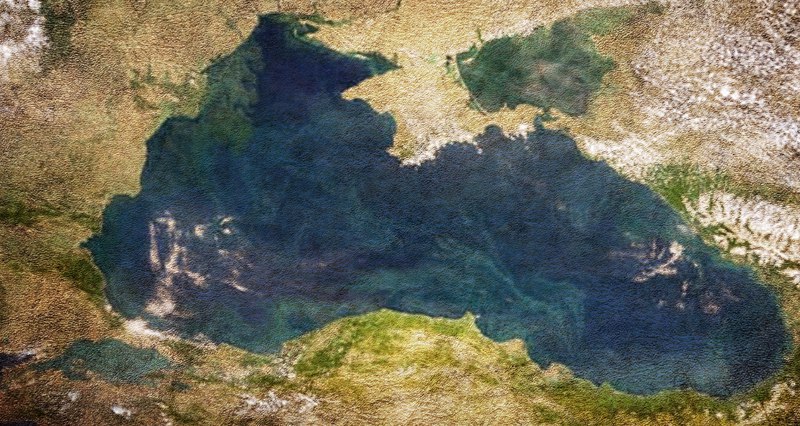





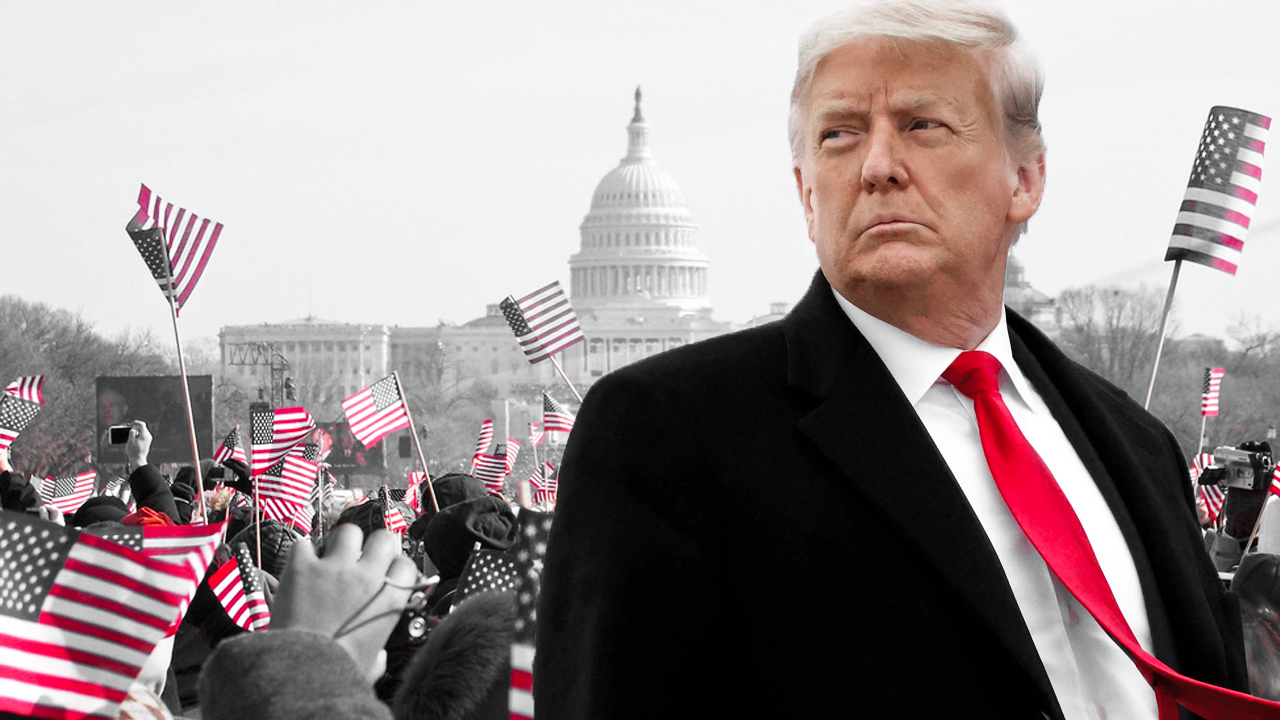
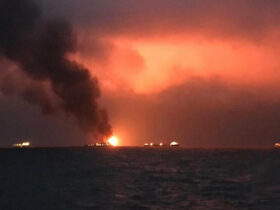
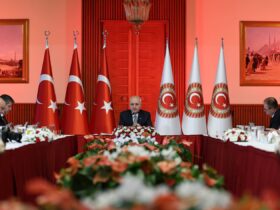

Leave a Reply